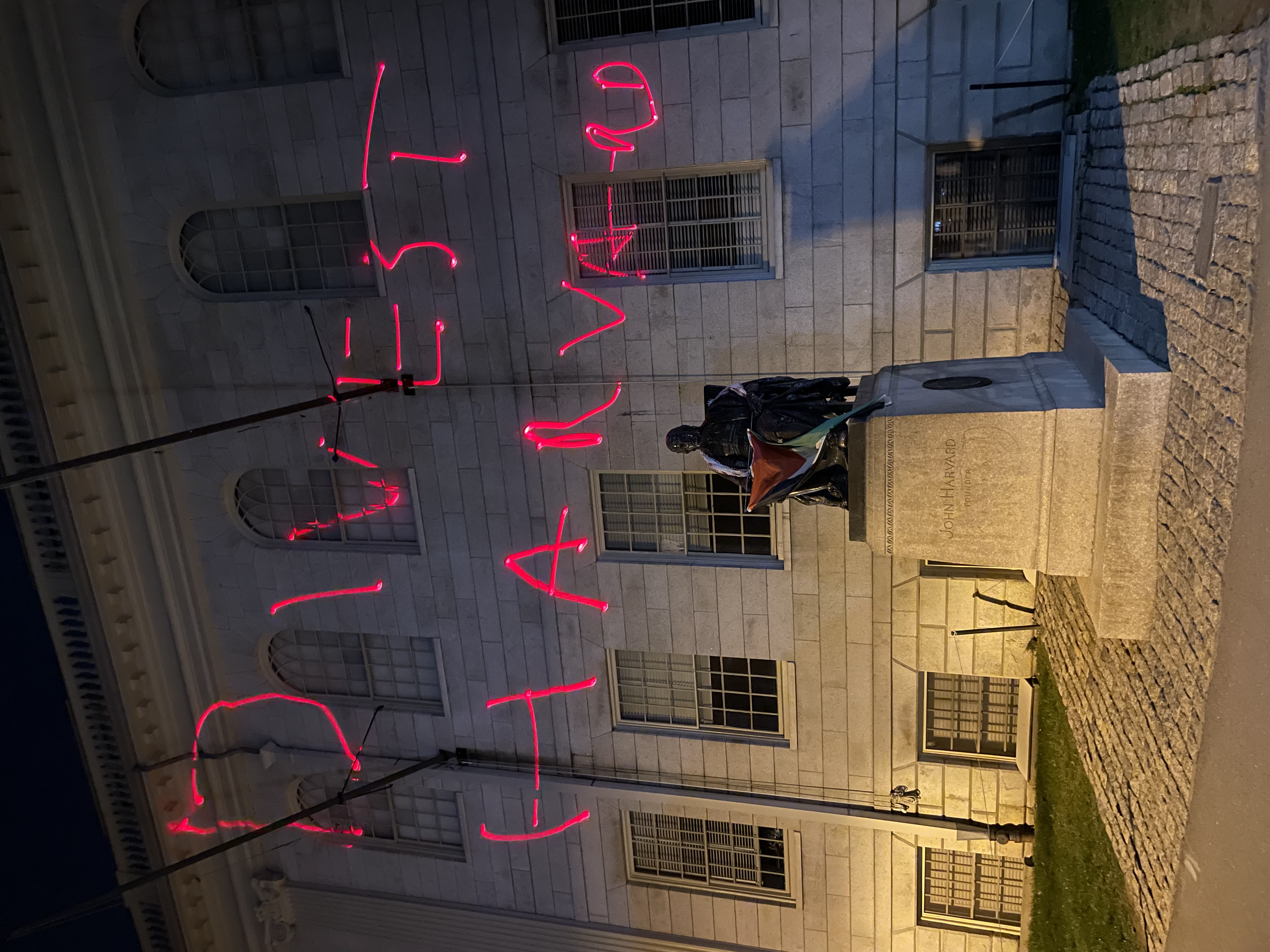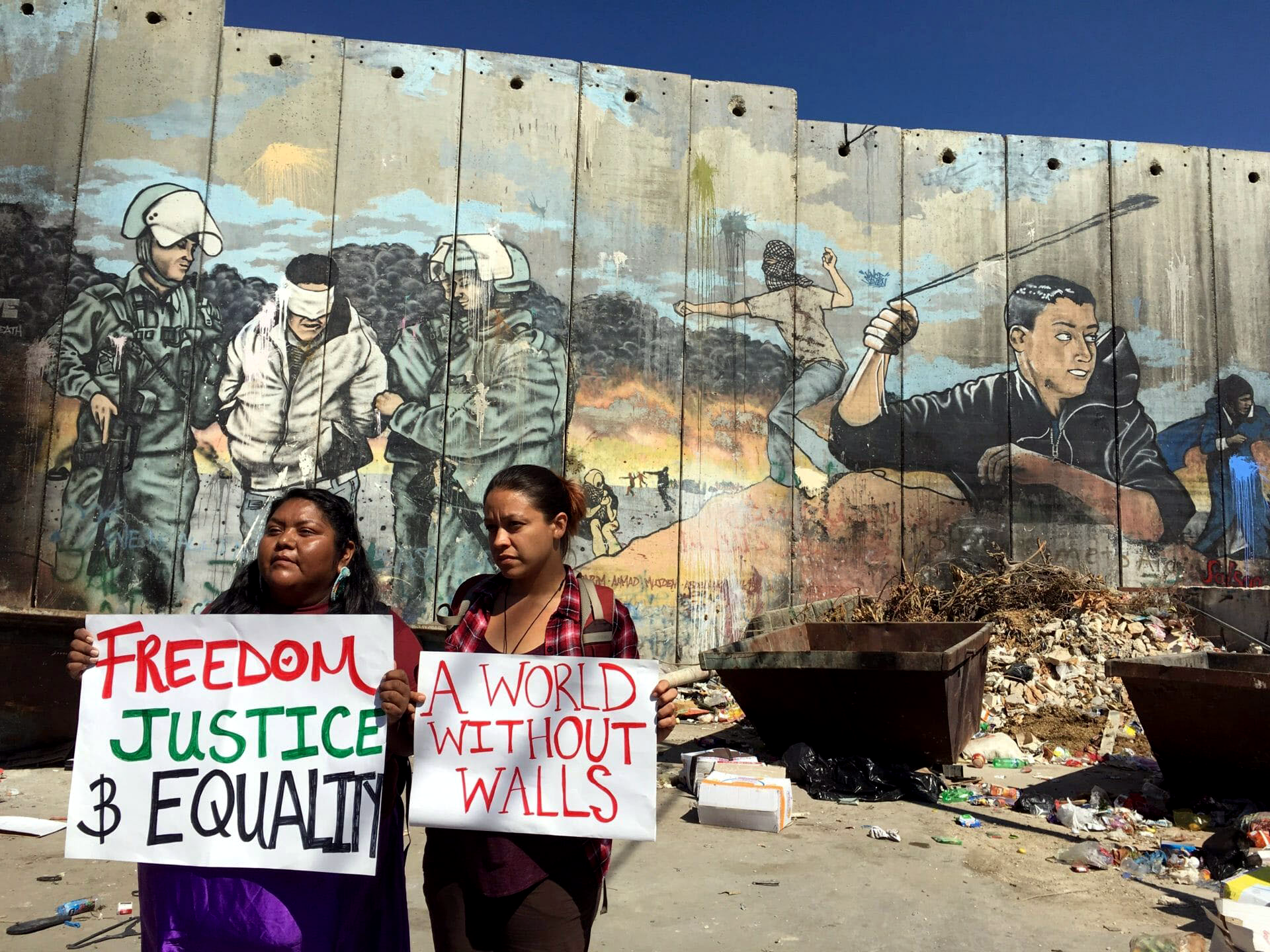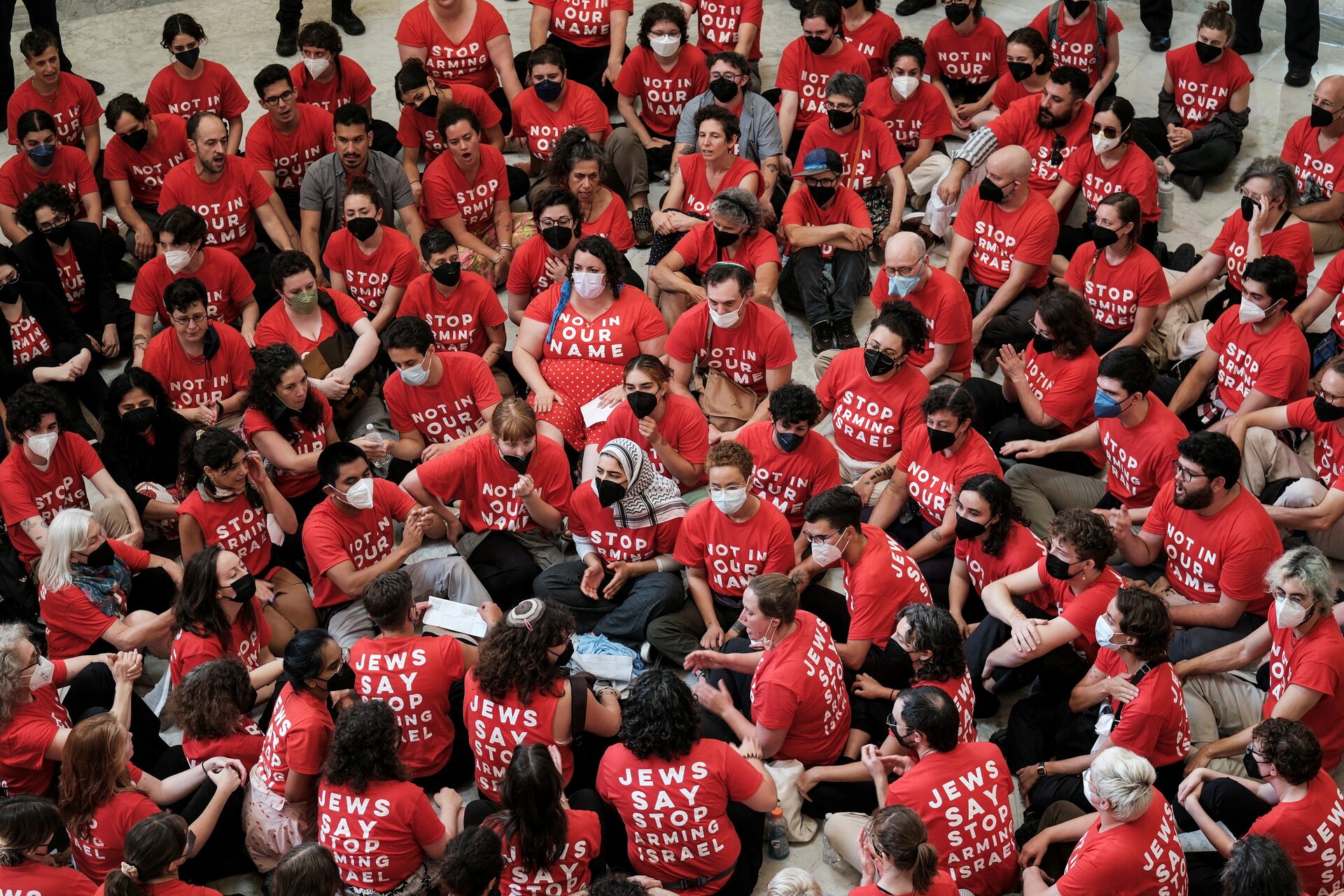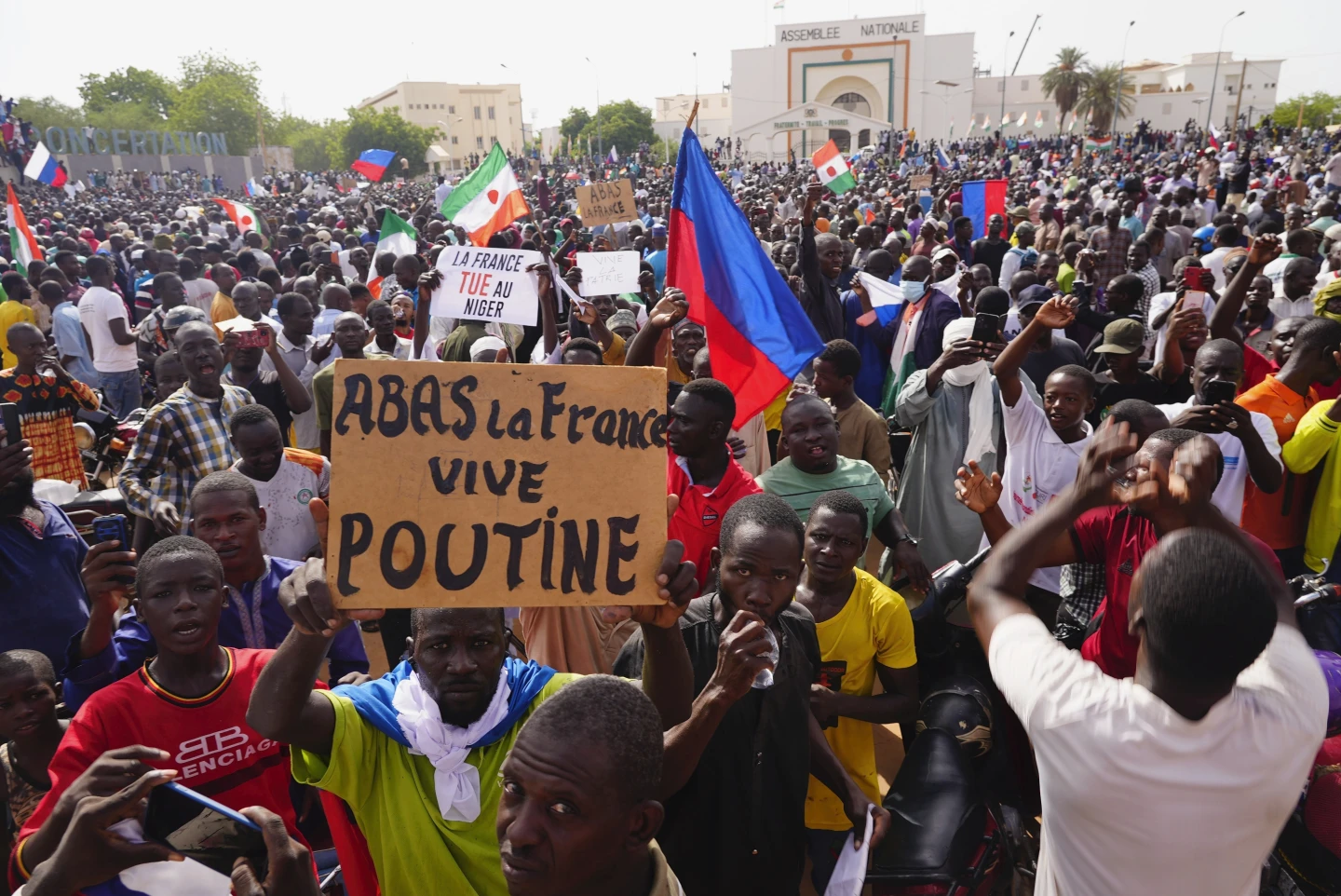Harvard’s Endowment and Financial (In)justice

So, you got into Harvard. Congratulations are pouring in, your family is bragging — news of your acceptance seems to follow you wherever you go. But among the celebrations, you’ve probably heard the murmurs as well. “What about the news about Harvard?” “Didn’t they just lose a ton of federal money?” “What’s going on with those student protests?”
The elephant in the room is, of course, Harvard’s exorbitant endowment. Why can’t the University compensate for federal funding freezes with its immense wealth — and why does it receive so much money in taxpayer dollars in the first place? Such questions beg a deeper, historic analysis of the myriad ways in which Harvard uses its billions to finance genocide, colonization, and dispossession.
What is an endowment?
A college or university endowment fund is its collection of assets, including financial instruments, real estate, and other investments acquired through donations and fundraising, that it uses to support the institution’s activities.
Harvard University’s endowment, valued at $53.2 billion as of fiscal year 2023-24, is the world’s largest such endowment, consisting of donations and investment returns intended to support the university “in perpetuity.” Here at Harvard, perpetual support includes backing global injustices, particularly in Palestine and other colonized lands.
Endowment 101: The Harvard Management Company
Look no further than the history of the name “Harvard” to learn that the University’s main priority has always been its deep pockets. Originally founded as New College in 1636, the University took on its current name in 1638 when John Harvard bequeathed half his estate to the institution, becoming its first benefactor and kickstarting the endowment.
Today, endowment assets largely fall into two main groups: returns on investments and donations. These two categories are not mutually exclusive. Donors often ask for their donations to be earmarked for a specific purpose, such as investment or, more generally, to support the University “in perpetuity” by creating an inexhaustible pot of money that Harvard can supposedly turn to in a financial crisis. Today, 80 percent of Harvard’s endowment is legally earmarked funds. Investment returns make up most of the remaining 20 percent.
Over the centuries, this fund has grown through alumni donations and access to elite and unethical investment vehicles, all strategically managed by the Harvard Management Company (HMC). Founded in 1974 in the wake of student protests against the atrocity of the Vietnam War, HMC grows Harvard’s endowment by managing its investments and shielding it from criticism from Harvard’s student body. HMC’s Board of Directors — appointed by the University President — has a long history of propping up genocidaires and other robber barons.
Currently, one of HMC’s directors is Michael S. Chae. Chae is also the CFO of Blackstone, the world’s largest alternative asset manager which, under Chae’s “leadership,” has invoked UN condemnation for fueling global housing crises through large-scale property acquisitions, rent increases, and aggressive eviction practices. The Blackstone group is also invested in the genocide in Gaza, donating millions of dollars to Israel and continuing to pour hundreds of millions into the occupation’s economy.
However, HMC’s directors don’t make decisions alone. They report to the University's highest governing body, the Harvard Corporation. The Corporation wields final authority over endowment growth strategy and much of the rest of the university’s activities, giving them the power to fire staff, end Palestine programming, and shape Harvard’s institutional ethos to protect its wealth.
Currently, billionaire heiress and former U.S. Secretary of Commerce Penny Pritzker holds the unique position of Senior Fellow of the Corporation. Pritzker’s legacy of harm is vast; most notably, she currently serves as a board member for the Microsoft Corporation, which the Boycott, Divestment and Sanctions (BDS) Movement has described as “the most complicit tech company in Israel’s illegal apartheid regime and ongoing genocide against 2.3 million Palestinians in Gaza,” including by providing Israel with AI technology that it uses to target and bomb Palestinian families. Pritzker is also the founder of her own global investment firm, PSP Partners, which is heavily invested in aerospace defense firms and the military-industrial complex.
The background of Chae, Pritzker, and their countless crimson-stained Harvard colleagues is no accident. Harvard, at its core, believes in the mission of accruing personal capital at the expense of human rights.
A Glimpse Into Harvard’s Endowment Investments
Wondering how Pritzker, Chae, and the rest of HMC handle Harvard’s funds? There’s not much to be said on the topic, as Harvard keeps its endowment portfolio largely hidden, undermining any principles of accountability; as of 2024, only 14 percent of the endowment was visible to the public. Still, the few investments that have come to light indicate a disturbing pattern.
Through SEC filings, we know that Harvard invests in companies enabling the Israeli occupation of Palestine and the genocide in Gaza. As of 2024, this includes at least:
$762.8 million invested in Meta, which makes up 45 percent of the Harvard Endowment Public Holdings Portfolio. In addition to censoring Palestine speech, the IOF uses data collected from Meta’s WhatsApp to target and kill Palestinians.
$22.5 million invested in the aforementioned Microsoft Inc., showing a clear conflict of interest with Pritzker. The BDS Microsoft Company Complicity Profile reveals that the IOF is one of Microsoft’s top customers, and Microsoft Israel frequently contracts with the Israeli prisons that hold Palestinian hostages.
$150 million invested in Booking Holdings Inc., which advertises rental properties located in violent, illegal Israeli settlements in the West Bank, encouraging the ongoing dispossession of Palestinians.
While Harvard loves to publicly espouse “institutional neutrality,” and insists that it holds the University’s educational mission first and foremost, its investments are far from neutral. Indeed, Harvard makes material contributions to settler colonial violence, the displacement of an entire people, and the destruction of their educational institutions wholesale.
The harm done by Harvard’s endowment isn’t just international; here at home, Harvard holds significant investments in fossil fuels, private prisons, and gentrification. With nearly $10 million invested in Tesla, Harvard is financially backing the Trump and Musk regime as well, despite the theatrical feud that has recently dominated mainstream news.
Of course, this is only a small glimpse into Harvard’s endowment management practices, as not everything is disclosed in SEC filings. Just last year, Harvard Management Company (HMC) consolidated its investment funds and continued to deepen its reliance on private equity and hedge fund strategies — asset classes known for limited transparency. As detailed in the Harvard Endowment Report, Harvard’s use of tax havens further contributes to the opacity of the endowment.
There’s every reason to believe these alarming examples are just the tip of the iceberg.
Endowment Justice: Divestment and Reinvestment
In the context of Palestine, calls for divestment — pulling investments from companies complicit in human rights abuses — are part of a broader strategy modeled after the successful movement to end South African apartheid. Divestment works because it withdraws financial support from companies that profit from human rights abuses, creating public pressure, reputational risk, and economic consequences that can force both internal policy change and the broader collapse of the forces of empire.
Student activists with Harvard Out of Occupied Palestine demand that Harvard disclose its endowment holdings, divest from firms complicit in Israeli occupation, and reinvest in efforts to repair harm and be a force for good — which would, in turn, limit the power of Harvard’s private corporation to exercise control over world order.
What’s Next?
If you’re reading this, chances are you’ve just been accepted to Harvard. Perhaps upon reading this you, are reconsidering coming here. Or perhaps, equipped with the ugly truth about the institution you’re entering, you are asking yourself what role YOU will play in upending genocidal systems.
Harvard’s $53 billion endowment is more than just a bank account. From its inception in a colonial institution, it has been a source of overreaching imperial power, and for decades students have fought to hold it to account. From apartheid in South Africa in the 1980s, to fossil fuels, to the prison industrial complex, Harvard’s endowment has always funded violence, but students have always risen up against it. Today’s struggle for Palestinian liberation is the latest in a long line of movements demanding that Harvard stop bankrolling violence and exploitation.
These campaigns work. When students organize, build coalitions, and stay persistent, they expose the hypocrisy between Harvard’s public values and its private investments. Divestment matters not just because it withdraws money from harmful industries, but because it sends a message that we refuse to accept the imperial industry that Harvard calls “education” and a “transformative experience.”
If you choose Harvard, come knowing that your tuition is a small fraction of what runs this place. The real engine is the endowment. But you do not have to take the existence of this immoral financial institution as given. Whether you decide to protest on campus or choose not to come here at all, your dissenting voice matters. Institutions don’t change on their own.




